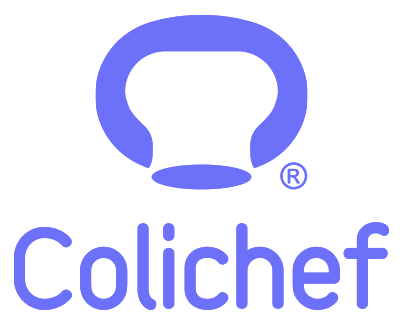We all need a cutting board.
What cutting board do we need?
The cutting board is one of the kitchen utensils that is used almost every day. Specialty stores offer products with a very trendy look, such as wooden, bamboo, beech and olive trees that are very durable. They are highly moisture resistant and comfortable for knives, but they absorb bacteria and remain difficult to clean.
Plastic boards are more suitable for professional use and are more hygienic and clean more easily because they are water resistant. Recently, glass boards appear, they are very resistant to water but it is not advisable to use them since they damage the net of your knives.
The choice remains difficult but the issue of hygiene remains a priority and will allow you to change boards less often. Finally, composite planks remain a sure value for your cuts, hygiene and to protect your kitchen knife.
What color for which ingredient.
Today, for more hygiene, professionals use a different cutting board by type of food. In recent years the codes have changed and the cutting board has become the utensil that puts a little color in your kitchen.
The white cutting board will allow you to cut everything that comes your way, the red will help you to cut the meat, the blue will be used to cut the fish, the yellow will allow you to cut your poultry, the green can serve you for vegetables and fruits and the brown for all your cooked meats.
These codes allow chefs to ensure that hygiene rules are followed and that their customers feel safe in their restaurants. The risks of cross-contamination are avoided and your kitchen knife will like the softness of these boards to work.
Their composite material is very resistant and allows you to clean your board (by hand or dishwasher) while being sure not to leave bacteria inside the wear cuts.
